
The unspoken words between fathers and sons in the cockpit
John's blogFlying, something we both love to do, is much more than just a weekend hobby. It’s our version of playing catch in the back yard, a shared experience laden with meaning. Of course we do talk when we fly, but I’ve realized the most important words between father and son are unspoken.

Why I love it, why I hate it: Cessna 210
John's blogEvery airplane model has a personality; some even have a stereotype. So when a friend recently asked what I thought of the Cessna 210 Centurion, I hesitated. I felt qualified to offer an opinion since I flew one for about five years in the early 2000s, but I also felt obligated to go beyond cliches. I have very fond memories of the 210, but it is a love it/hate it type of airplane - its strengths are unique, and its weaknesses are maddening.

What I learned from Richard Collins
John's blogOne year ago, aviation lost a legend. Richard Collins left behind such a huge volume of writing over his 60+ year career that pilots will find rich rewards from re-reading his work. In general, the lessons he reminds me of seem to center around four main ideas: building margins, managing weather, respecting technology, and flying for transportation.

5 good things about general aviation in 2019
John's blogI like to pause every few years and consider what’s going right in aviation. Call me a naive optimist if you like, but I still see a lot to appreciate, from the thousands of airports in the US to the relative openness of our airspace to the strong experimental aircraft movement. These trends are old news; five newer ones caught my attention at the Sun 'n Fun Fly-in last week, and I think they bode well for pilots.

Do we need a basic instrument rating?
John's blogWould more pilots fly IFR if it were easier to get an instrument rating? Would it improve aviation safety if they did? A recent proposal by the European Aviation Safety Agency (EASA) to create a "basic instrument rating" should have pilots asking those exact questions, and not just in Europe.

From now on, I’ll always…
John's blogAirlines spend a lot of time crafting standard operating procedures (SOPs), which describe in exquisite detail how each part of a flight should be conducted. For the average private pilot, such formal SOPs are probably overkill and remove some of the flexibility that makes general aviation so rewarding. Instead, a few simple habits can prevent embarrassment - or worse.

What’s wrong with Robinson R44 pilots?
John's blogRobinson R44 helicopters are death traps, right up there with Mitsubishi MU-2s and Cirrus SR22s - at least that’s according to a lot of articles you read online. But does it tell the whole story? In the spirit of Richard Collins’s very popular “What’s wrong with Cirrus/Mooney/Bonanza pilots” series of articles, I’d like to offer a more nuanced perspective.

A Christmas book list for pilots: 18 top picks
John's blogAs social media and cable TV deteriorate into ill-informed shouting matches, I find myself reading more and more books. And as a book lover, Christmas means making my list and distributing it to family and friends. So in the spirit of the holidays I'll offer my list of great aviation books.
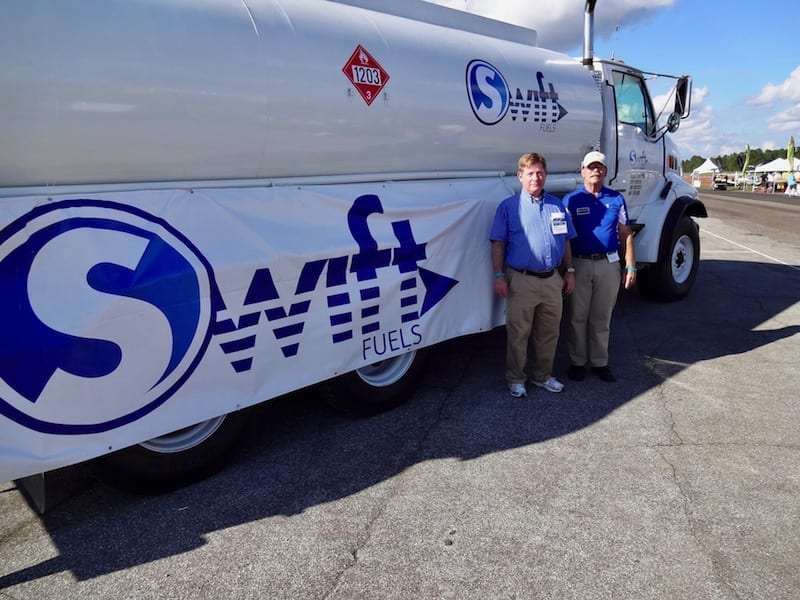
The unleaded fuel disaster – what it means for pilots
John's blogThe transition from leaded avgas to an unleaded future has been decades in the making, and countless articles have discussed everything from the certification process to the chemistry. And yet many pilots don’t know how bad things are right now, as other topics (ADS-B, drones) get most of the attention.

I’ve got connections
John's blogWhat is aviation, in a word? Many writers have tried to answer that question, and the word mentioned most often is freedom. Aviation sets you free, whether it’s freedom from the ground-bound view of the world or freedom from everyday worries. That’s certainly true, but I’d like to offer another nominee, even if it’s not as poetic: connection.
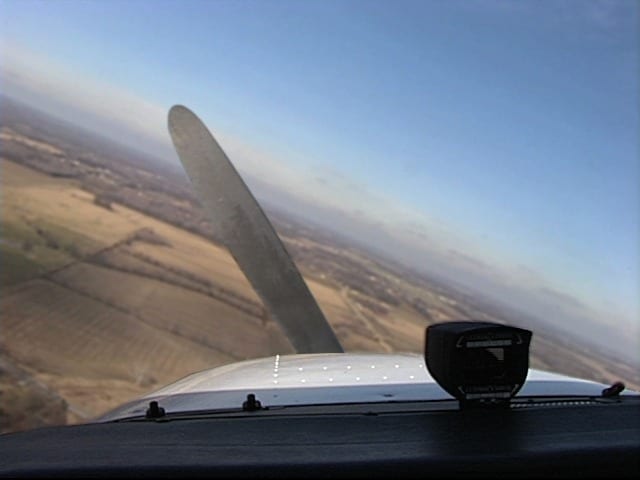
The bad news and good news about engine failures
John's blogYou’ve probably said it to a nervous passenger: “Don’t worry, airplane engines almost never quit.” It's only in World War II movies that engines cough and pilots have to save the day, right? This is mostly true for turbine engines, which have a stunningly good reliability record. Unfortunately, it’s far less true for piston engines.

Avionics transitions – ain’t nothing like the real thing
John's blogAfter logging about 1,000 hours in a Pilatus PC-12 with a combination of round dials and EFIS tubes, the cockpit was recently transformed with a pair of Garmin G600 TXi primary flight displays (PFDs). The bright screens filled with synthetic vision views are simply incredible, and I genuinely feel safer flying behind them, but they also sent me back to school.

Don’t ruin a flying vacation with weather worries
John's blogSure, the convenience of traveling by general aviation is hard to beat, and as pilots we usually have a lot of fun just getting there. But there’s another factor that can quickly overshadow the fun - weather worries. I’ve battled this off and on for years, but a recent family trip to Disney World was almost ruined by my constant stressing about the weather.

The GPS revolution at 20 – how aviation has changed
John's blogDecades after it first caught on, GPS is so deeply embedded in everyday life that we now take it for granted. But as important as GPS has been for the world as a whole, it’s hard to think of an industry more transformed than general aviation. Consider the long list of capabilities that even a 60-year old Light Sport Aircraft can now have thanks to this revolution.

Know when to fold em: how to avoid tunnel vision in the cockpit
John's blogHave you ever noticed that you become less and less flexible as a flight goes on? Decisions that once would have been easy and stress-free become fraught when you're close to home. It’s a natural human instinct, but it’s one pilots need to aggressively fight.
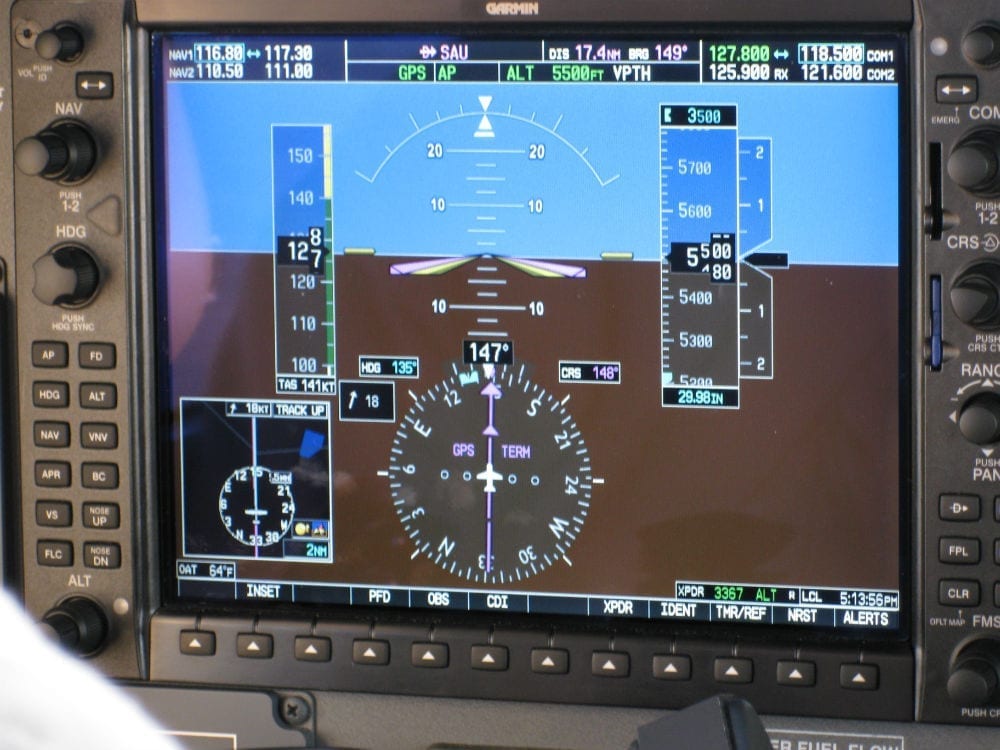
Glass cockpits – don’t make it harder than it really is
John's blogToo many pilots exaggerate the difference between analog instruments and glass cockpits, as if it requires a completely new pilot certificate to make the transition. That’s simply not the case - the basics of flying are the same no matter what avionics you use. Focus on basic attitude flying, which, if anything, is easier on glass cockpits with their full-screen attitude display.

The next Cirrus? SureFly tries to reinvent the helicopter
John's blogI have seen the future, and it works… sort of. The SureFly looks a little like an upside-down octopus, but this hybrid gas-electric octocopter is striking nonetheless. It also represents one of the most interesting ideas in light aviation right now, with a unique mix of big ideas and pragmatic engineering.
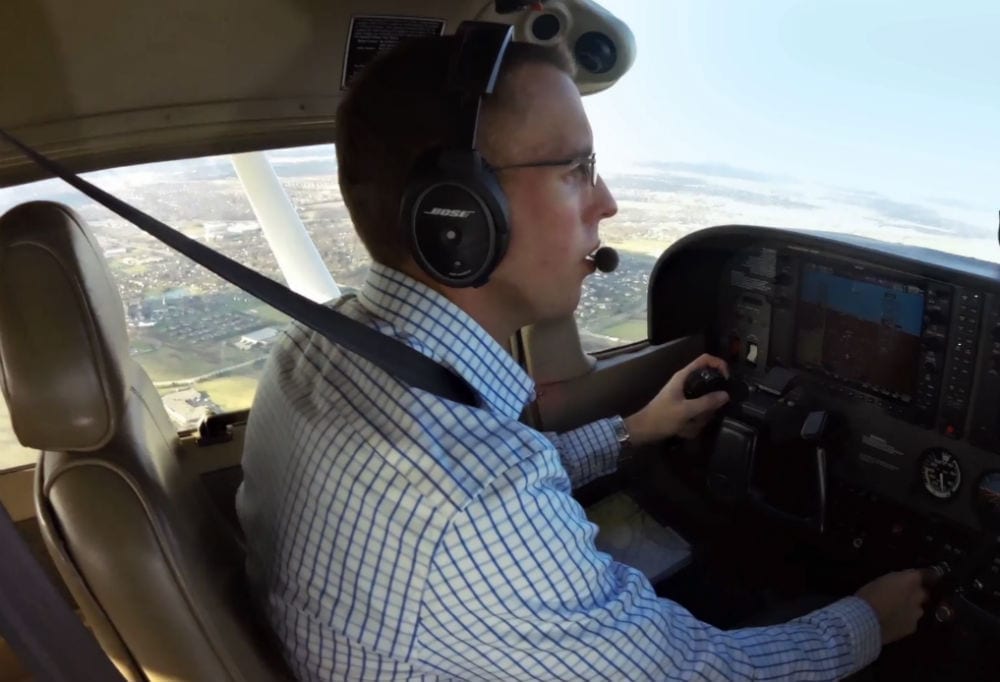
Flying solo – why everything is different when you’re alone
John's blogOn those rare occasions when I am flying solo, I instantly notice how different the whole experience is. The safety record for solo flights is different too. A pilot flying solo needs to approach each flight with good habits and perhaps larger built-in safety margins. For me, that means thinking about four key areas: the condition of the pilot, cockpit habits, teamwork, and personal risk tolerance.

Death, taxes, and airspace
John's blogPilots and aviation lobby groups are up in arms right now about the potential privatization of Air Traffic Control, and rightly so. Unfortunately, these same groups have been much quieter about another government-led aviation disaster, one that has happened right under our noses: the relentless expansion of restricted and controlled airspace.
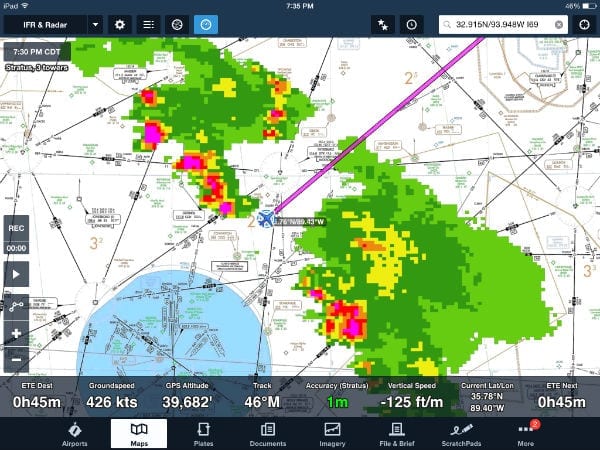
How to interpret radar in the cockpit
John's blogRadar seems so simple at first: red is bad, green is good. What else is there to know? As any pilot with more than a few cross countries in the logbook knows, quite a lot. While a lot of the problems with radar operation have been solved by datalink weather, few of the problems with radar interpretation have been solved.
